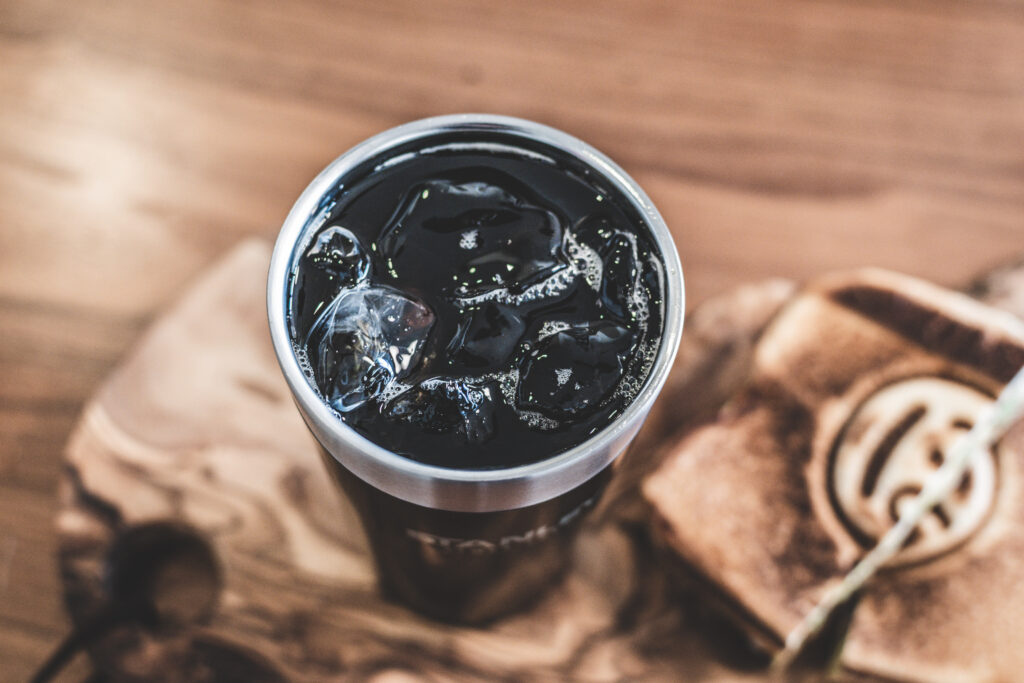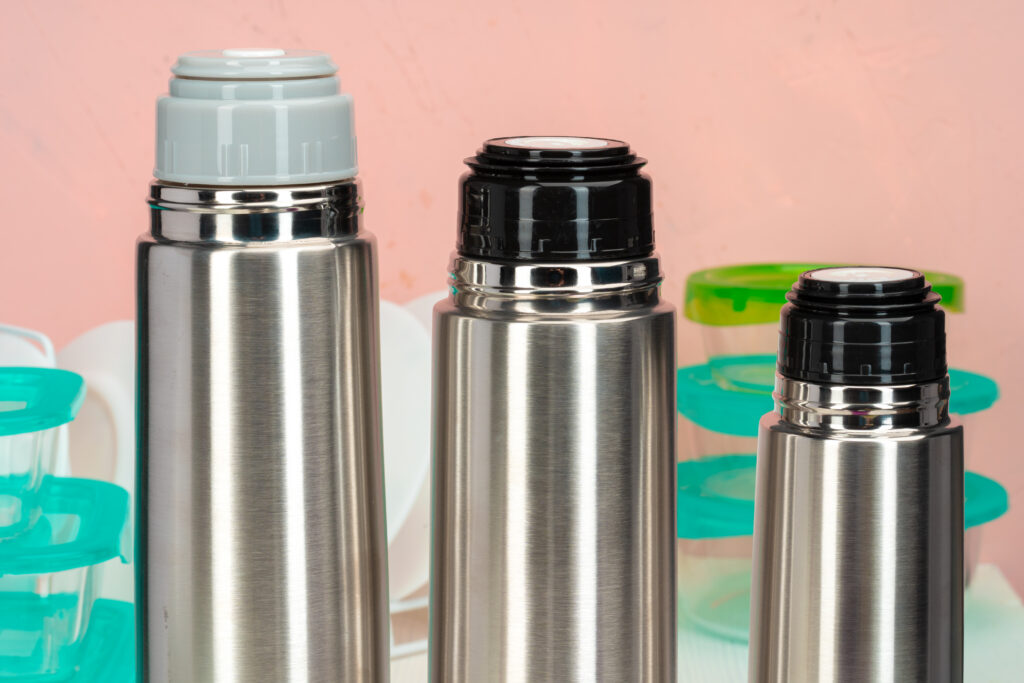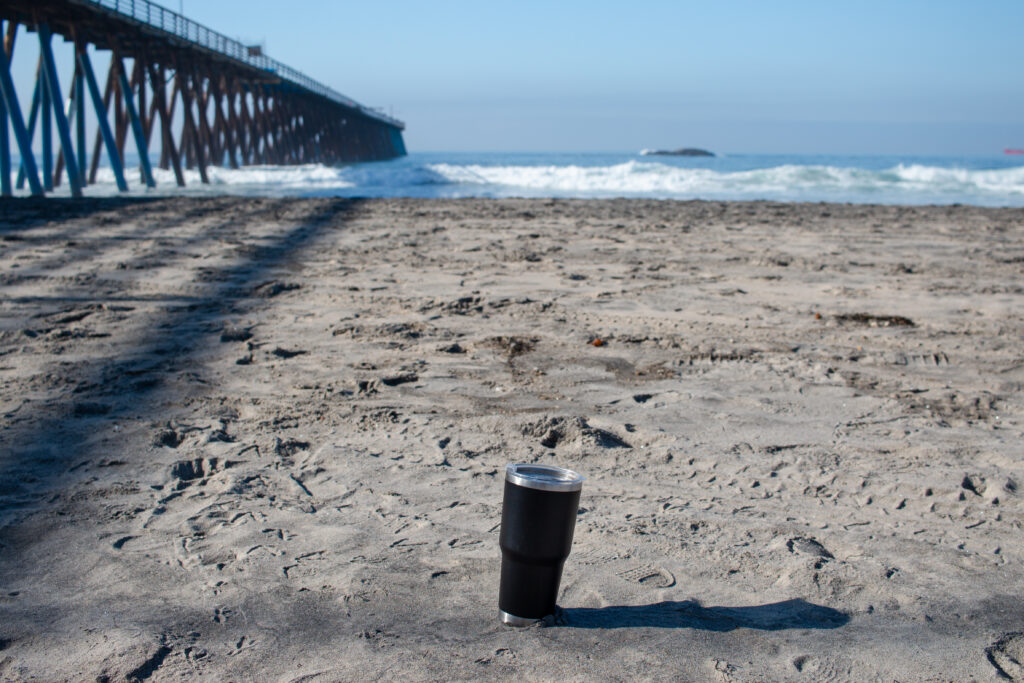Walk into any Target on the right morning and you might witness something bizarre: grown adults racing toward a display shelf, elbowing past each other, some even jumping counters. The prize? A $45 water bottle. Not just any water bottle, but a Stanley Quencher tumbler in a limited-edition color that will promptly get listed on resale sites for hundreds of dollars. Welcome to the Stanley Cup phenomenon, where a 110-year-old outdoor brand somehow became the hottest accessory of 2025.
From Construction Sites to Instagram Feeds
Stanley has been making durable vacuum-insulated bottles since 1913. For over a century, their classic green thermoses were the workhorses of construction sites, camping trips, and fishing expeditions. They were practical, reliable, and decidedly unglamorous. Then came 2019, and everything changed.
The turnaround story reads like a marketing fairy tale. The company’s 40-ounce Quencher tumbler, which had existed since 2016 but sold poorly, caught the attention of a shopping-focused Instagram account called The Buy Guide. When they posted about it, the tumblers started selling out. Stanley executives took notice and offered The Buy Guide a wholesale deal for 5,000 units. Those sold out in five days.

The TikTok Effect and the Birth of Stanley Culture
What happened next was pure social media magic. Stanley’s revenue exploded from $75 million in 2019 to $750 million by 2023. TikTok became ground zero for Stanley obsession, with the hashtag amassing billions of views. Users showed off collections of dozens of tumblers in rainbow arrays of colors. One viral video showed a Stanley cup surviving a car fire with the ice still intact inside, cementing its reputation for durability.
The company leaned hard into the hype with strategic partnerships and limited-edition releases. Collaborations with Starbucks created buying frenzies, with people literally camping out overnight in Target parking lots. Country singer Lainey Wilson’s Watermelon Moonshine edition sold out in minutes. Some resale listings hit nearly $30,000 on platforms like StockX.
More Than Hydration: It’s Identity
Here’s where it gets psychologically interesting. The Stanley craze isn’t really about water bottles. It’s about belonging to something. User-generated content flooded social media as customers became unpaid brand ambassadors, sharing their collections, color coordination with outfits, and elaborate organization systems.
The scarcity marketing worked perfectly. Limited editions and exclusive colors created artificial urgency. Owning the right Stanley became a way to signal you were in-the-know, part of a community. The “Stanley girl” subculture emerged, complete with accessories like custom straws, protective sleeves, and display cases.

The Backlash and What Comes Next
By late 2024, the tide began to turn. Critics questioned the environmental irony of collecting multiple “reusable” bottles, with some owners admitting to dozens of tumblers. The oversaturation that made Stanley mainstream also made it less desirable to early adopters. Youth trend analysts noted the unusual pattern where millennials adopted the trend before Gen Z, suggesting it might have peaked.
Sales stabilized after the viral explosion, though the company continues innovating with new collections and partnerships. Competitors like Owala are already positioning themselves as the next big thing. The Stanley Cup may not dominate forever, but it changed how we think about everyday objects.
The Bigger Picture
The Stanley phenomenon reveals something fundamental about consumer culture in the social media age. We don’t just buy products anymore. We buy into identities, communities, and the dopamine hit of limited-edition exclusivity. A water bottle became a status symbol because we collectively decided it mattered. It’s part hydration tool, part conversation starter, part statement piece.
Whether you own one Stanley or twenty, or think the whole thing is ridiculous, the craze demonstrates the power of viral marketing, community building, and our very human desire to be part of something bigger than ourselves. Even if that something is just staying hydrated in style.


